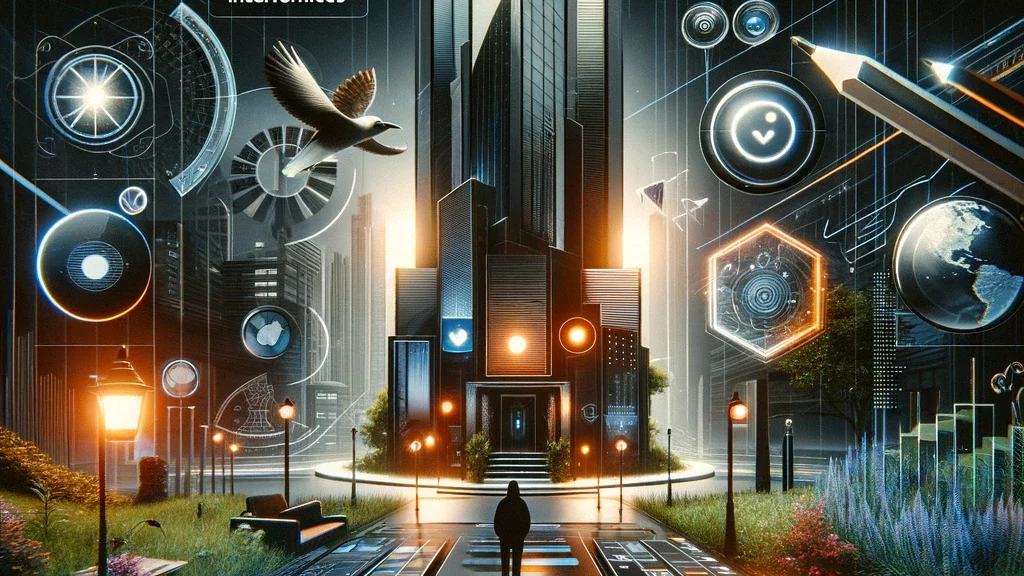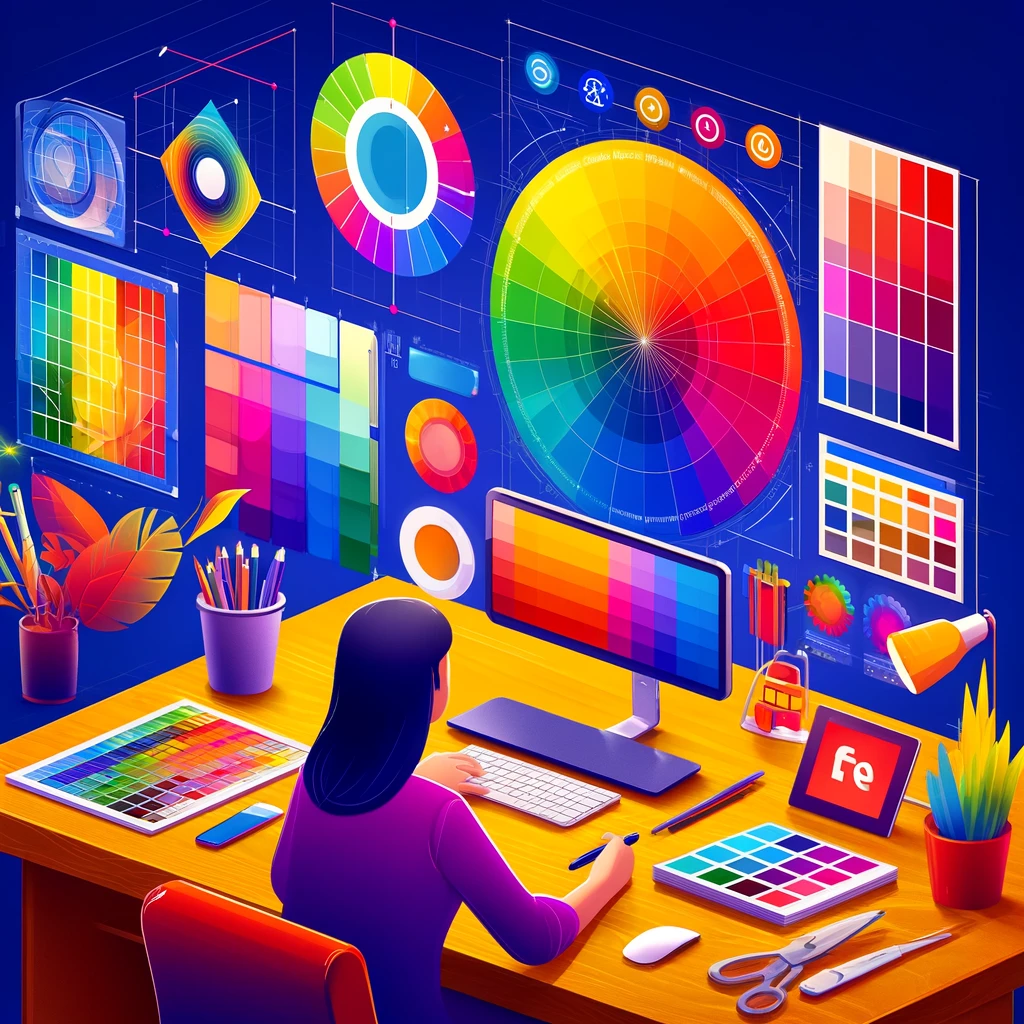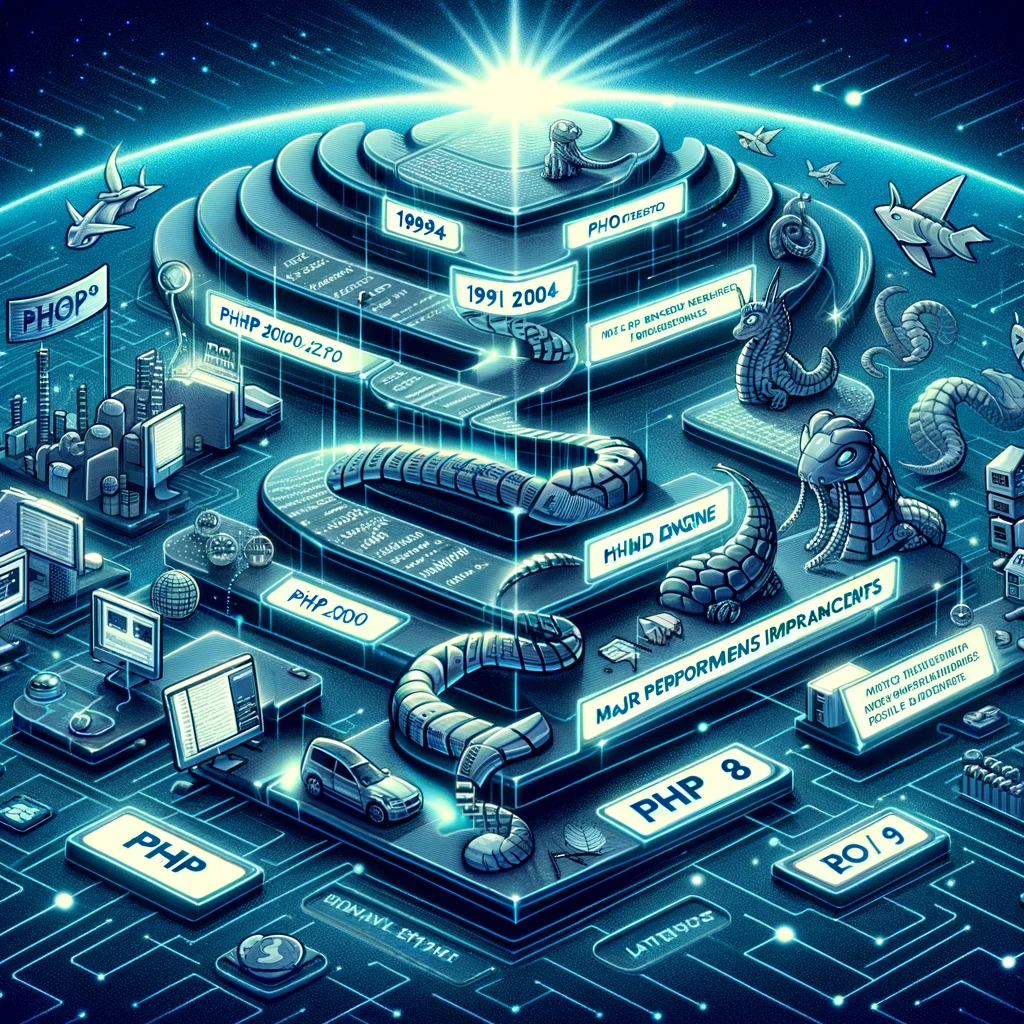As we forge ahead into 2024, the web design landscape continues to evolve at a brisk pace, reflecting broader cultural trends, technological advancements, and changes in consumer behavior. Staying ahead of these trends is essential for designers aiming to create engaging, effective, and modern websites. Here are the top web design trends you should be aware of for 2024:
1. Minimalism and Maximalism
The trend of minimalism, with its classic simplicity and focus on essential elements, continues to dominate. However, a contrasting trend, maximalism, is making waves by offering an opportunity for brands to stand out with bold colors, rich textures, and layered compositions. The choice between these styles often depends on the brand’s identity and the message it wishes to convey.
2. Dark Mode
Dark mode has been popular for its aesthetic and practical benefits, such as reduced eye strain and lower battery consumption on mobile devices. More websites are adopting dark mode, providing users with a switch to toggle between light and dark themes.
3. Advanced Interactivity
Interactivity in web design isn’t new, but the ways it’s being implemented are becoming more sophisticated. From microinteractions that respond to user actions to full-blown immersive animations that guide the user through a journey, interactive elements are becoming a staple in the designer’s toolkit.
4. Glassmorphism and Frosted Glass Effects
Following the footsteps of neumorphism, glassmorphism introduces transparency and multi-layered approaches mimicking frosted glass. This effect creates a sense of depth and texture while maintaining a clean and modern look.
5. Mobile-First Design
As mobile usage continues to outpace desktop, designing with a mobile-first approach becomes imperative. This doesn’t just mean responsive design; it means thinking about how mobile users interact with your website first, then scaling up to larger screens.
6. Voice User Interfaces (VUIs)
With the rise of voice technology like Google Assistant, Alexa, and Siri, integrating voice user interfaces into web design is increasingly important. Websites are beginning to incorporate voice search capabilities, making them more accessible and enhancing user experience.
7. Sustainable Web Design
Digital sustainability is becoming a concern as the environmental impact of digital products comes into the spotlight. Designers are focusing on creating websites that use less energy, with optimized assets and more efficient coding practices.
8. Virtual Reality (VR) and Augmented Reality (AR)
While still emerging, VR and AR are expected to transform the shopping and interactive experience on websites. From virtual try-ons to 360-degree videos, these technologies offer a new level of engagement.
9. AI and Machine Learning
Artificial intelligence and machine learning are not just buzzwords but are starting to influence web design. AI can help personalize user experiences, automate responses, and optimize site layouts based on user behavior.
The field of web design is continuously changing, and staying updated with the latest trends is crucial for any designer or brand looking to make an impact online. By incorporating some or all of these trends into your projects, you can ensure your websites not only look great but also meet the expectations of today’s tech-savvy users.




